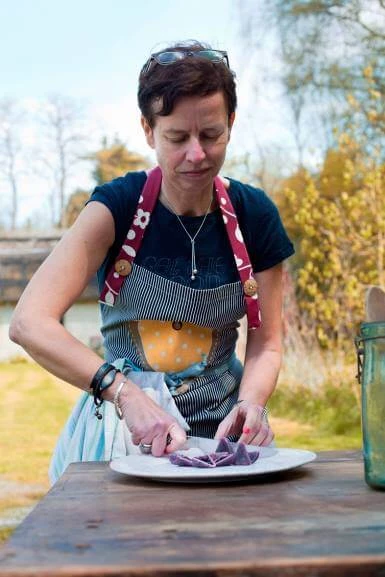How many tablespoons in an ounce (oz to tbsp)
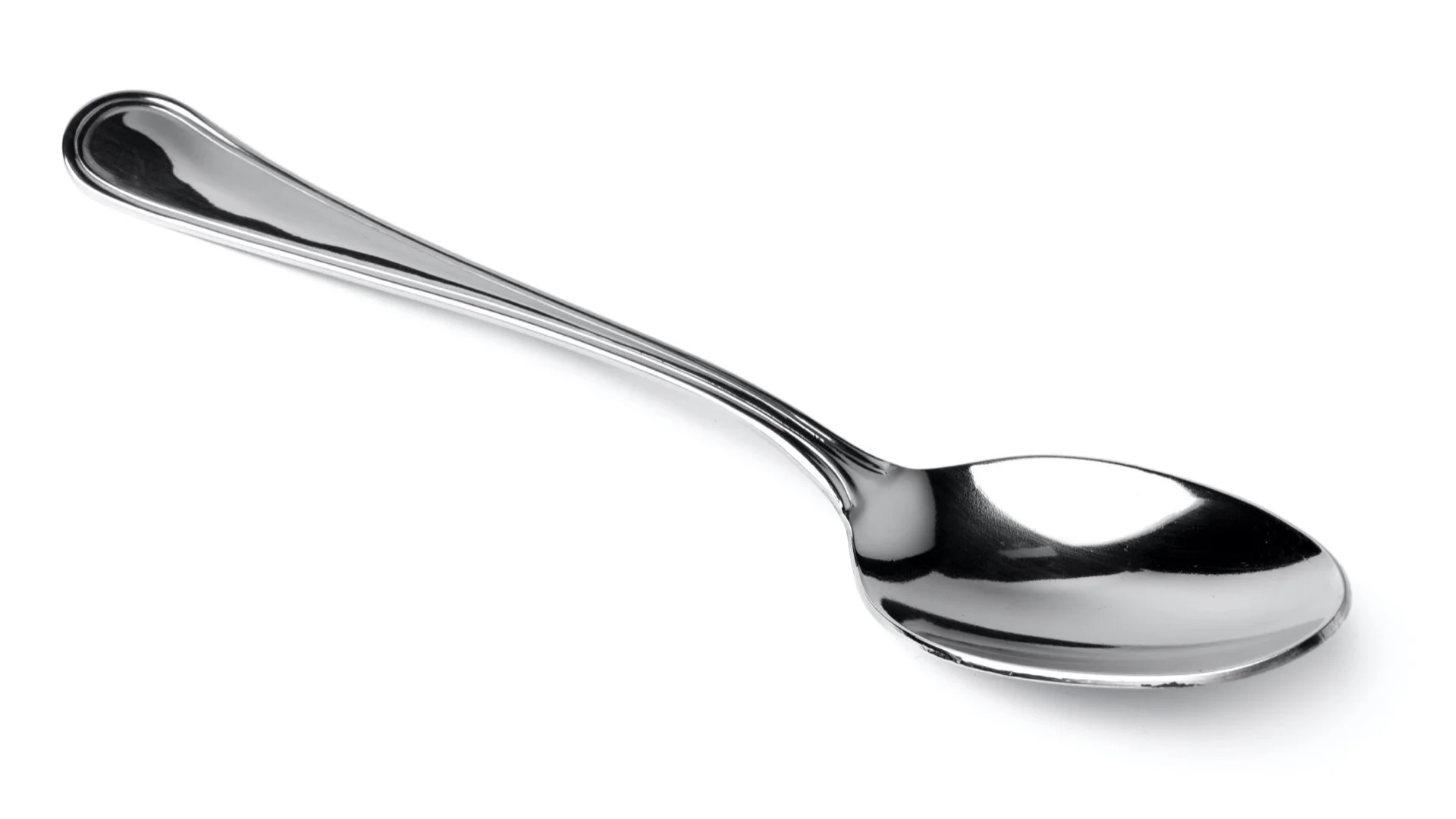
Content
Volume unit converter
What is a Tablespoon and an Ounce?
Let's start at the basics. What is a tablespoon and an ounce? These terms may seem simple, but they have a rich history. They are units of measure that are used all over the world.
They may seem easy, but they can get a bit complex. Both are used in cooking and baking. They also have a role in medicine. It's crucial to know how to use them.
What is a Tablespoon?
In Australia, it's even more – 20 milliliters! But why does it vary? That's due to the history and the standards set in each region. Tablespoons are also used to measure both dry and liquid ingredients.
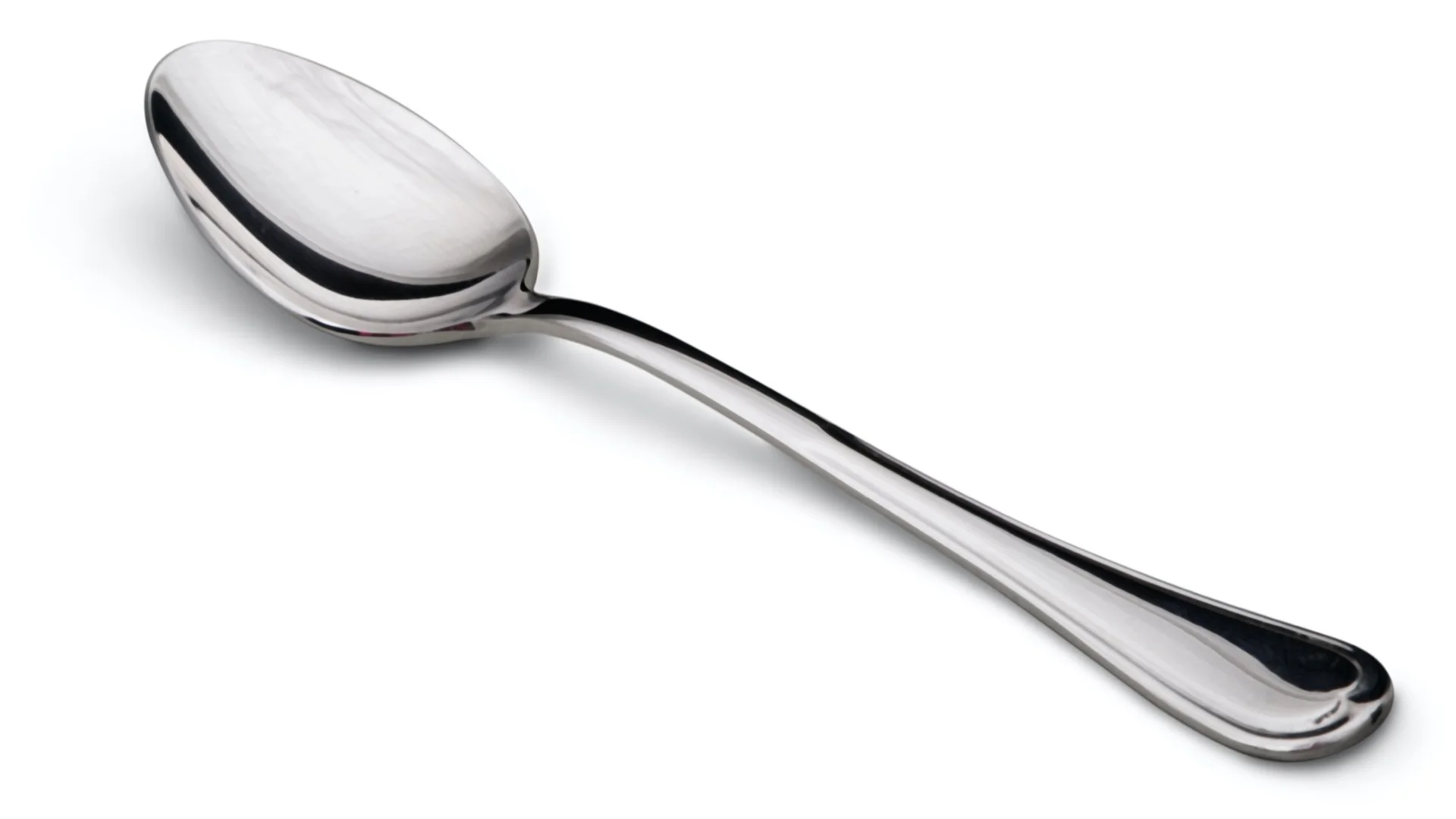
What is an Ounce?
Next, let's talk about ounces. An ounce is also a unit of measure. But unlike a tablespoon, it's a bit more complex. That's because it can be a unit of weight or volume.
Weight ounces are used more broadly. They're used for more than just food. For instance, they can be used to measure paper or postal items. Volume ounces are used more in cooking and are often referred to as “fluid ounces.”
What is a Fluid Ounce?
Now, you may be wondering, “What is a fluid ounce?” It's a unit of volume in the Imperial system. In the US, one fluid ounce is equal to about 29.57 milliliters. In the UK, it's 28.41 milliliters.
Again, why the difference? It's due to the different standards in each region. So, when you're cooking, be sure to use the right one!
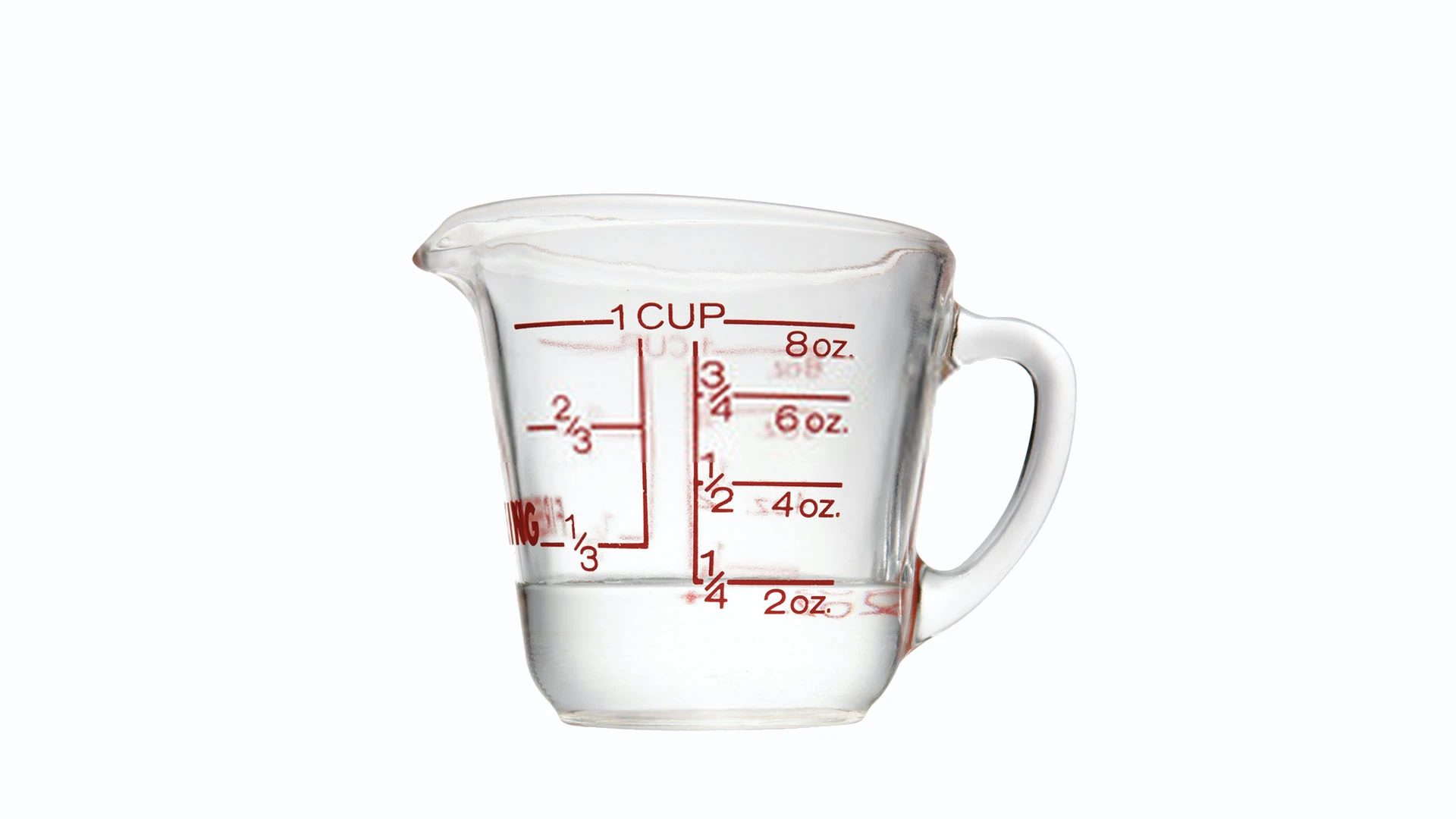
History of Tablespoons and Ounces
Tablespoons and ounces have a rich history. They date back to ancient times. The term “tablespoon” was first used in the 18th century. The term “ounce” is even older. It was used by the Romans.
Differences Between Ounce and Fluid Ounce
It's important to note the difference between an ounce and a fluid ounce. An ounce is a unit of weight, while a fluid ounce is a unit of volume. The weight of a fluid ounce can change based on what is being measured.
For instance, one fluid ounce of water weighs about one ounce. But one fluid ounce of oil weighs less than one ounce. That's because oil is less dense than water.
Various Measurement Systems
There are different measurement systems in use today. The metric system is used in most of the world. The US, however, uses the US Customary system.
The UK uses a mix of both. For example, road signs are in miles, not kilometers. So, when you see “how many tablespoons in 1 oz?” it may depend on where you are!
Understanding Tablespoons and Ounces in Cooking
Now let's look at how tablespoons and ounces are used in cooking. These two units of measure are vital in recipes. They ensure the right quantity of each ingredient is used.
Getting these measurements right can make or break a dish. Too much of an ingredient can overpower a dish. Too little and you might not even taste it. That's why understanding these units is key to great cooking.
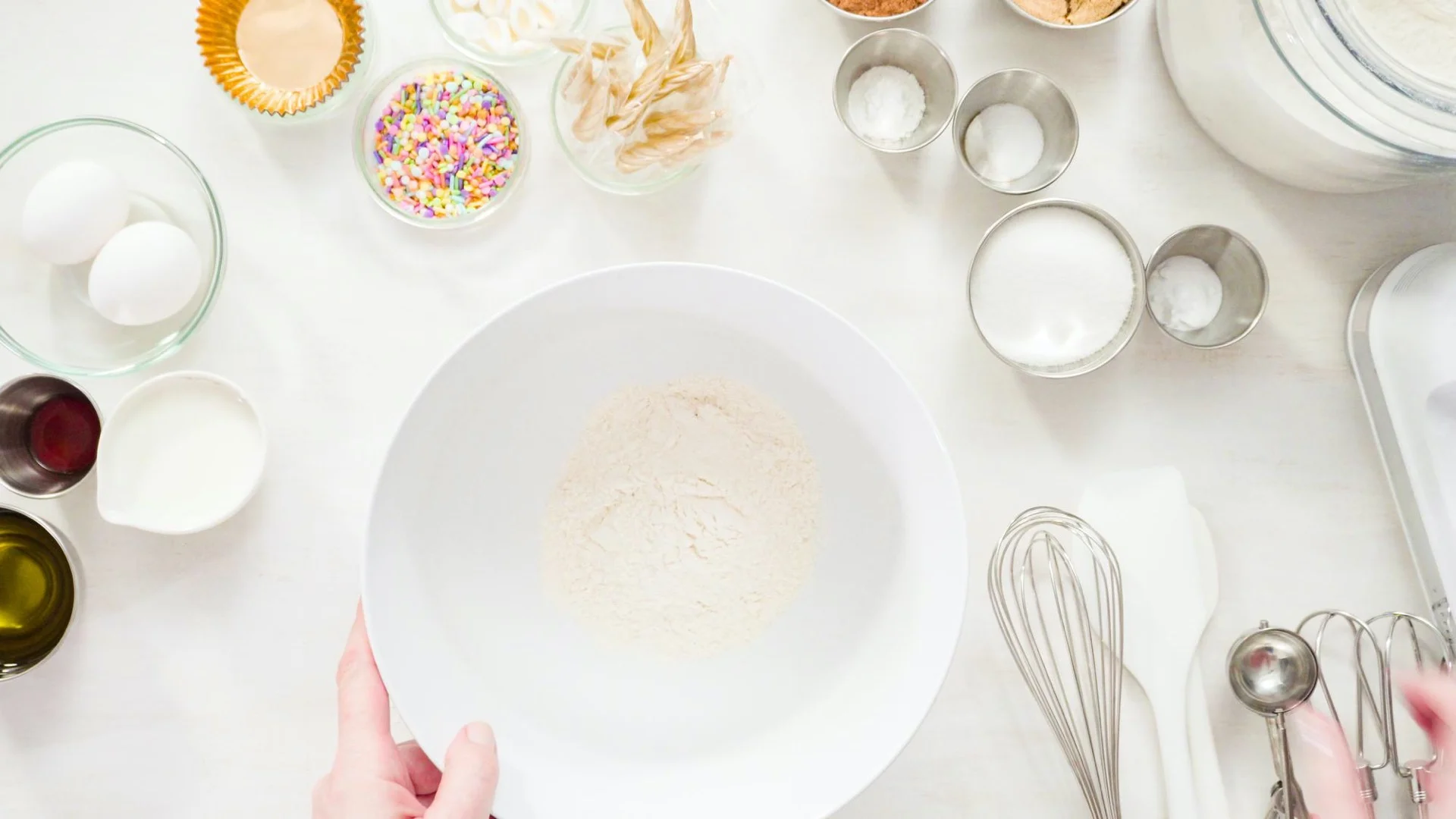
How Many Tablespoons in an Ounce?
So, “how many tablespoons are in an ounce?” Well, it depends on where you are. In the US, one ounce is equal to two tablespoons.
But in the UK, it's different. There, one ounce is equal to 1.6 tablespoons. So, you can see, knowing where a recipe comes from is important. It helps ensure you get the quantities right.
Importance of Converting Between Tablespoons and Ounces
Why is it critical to convert between tablespoons and ounces? It's simple – accuracy. As we've seen, these units of measure can vary.
Knowing how to convert ensures you use the right amount. This is vital in cooking. The wrong amount of an ingredient can alter a dish's taste, texture, or even its success.
How to Convert Tablespoons to Ounces?
Mastering Dry and Liquid Measurements
Knowing how to measure dry and liquid ingredients is vital in cooking. Not all ingredients are measured the same way. This can affect how a dish turns out. Let's delve deeper into this topic.
Understanding Liquid and Dry Ingredients
What is a dry ingredient? Think of things like flour, sugar, or spices. These are dry ingredients. They are usually measured in cups, tablespoons, or teaspoons.
Liquid ingredients, on the other hand, include water, milk, or oil. These are often measured in fluid ounces, cups, or tablespoons.
Here's a list to clarify:
Dry Ingredients:
- Flour
- Sugar
- Spices
Liquid Ingredients:
- Water
- Milk
- Oil
Measuring Liquid Ingredients
Liquid ingredients are typically straightforward to measure. Use a liquid measuring cup. Pour the liquid into the cup until it reaches the desired mark.
For smaller amounts, you can use tablespoons. One tablespoon equals half a fluid ounce.
Measuring Dry Ingredients
Dry ingredients require a bit more care. You can't just pour them into a cup. That's because dry ingredients can compact.
To measure dry ingredients, use a dry measuring cup or spoon. Spoon the ingredient into the cup or spoon until it's full. Then, level it off.
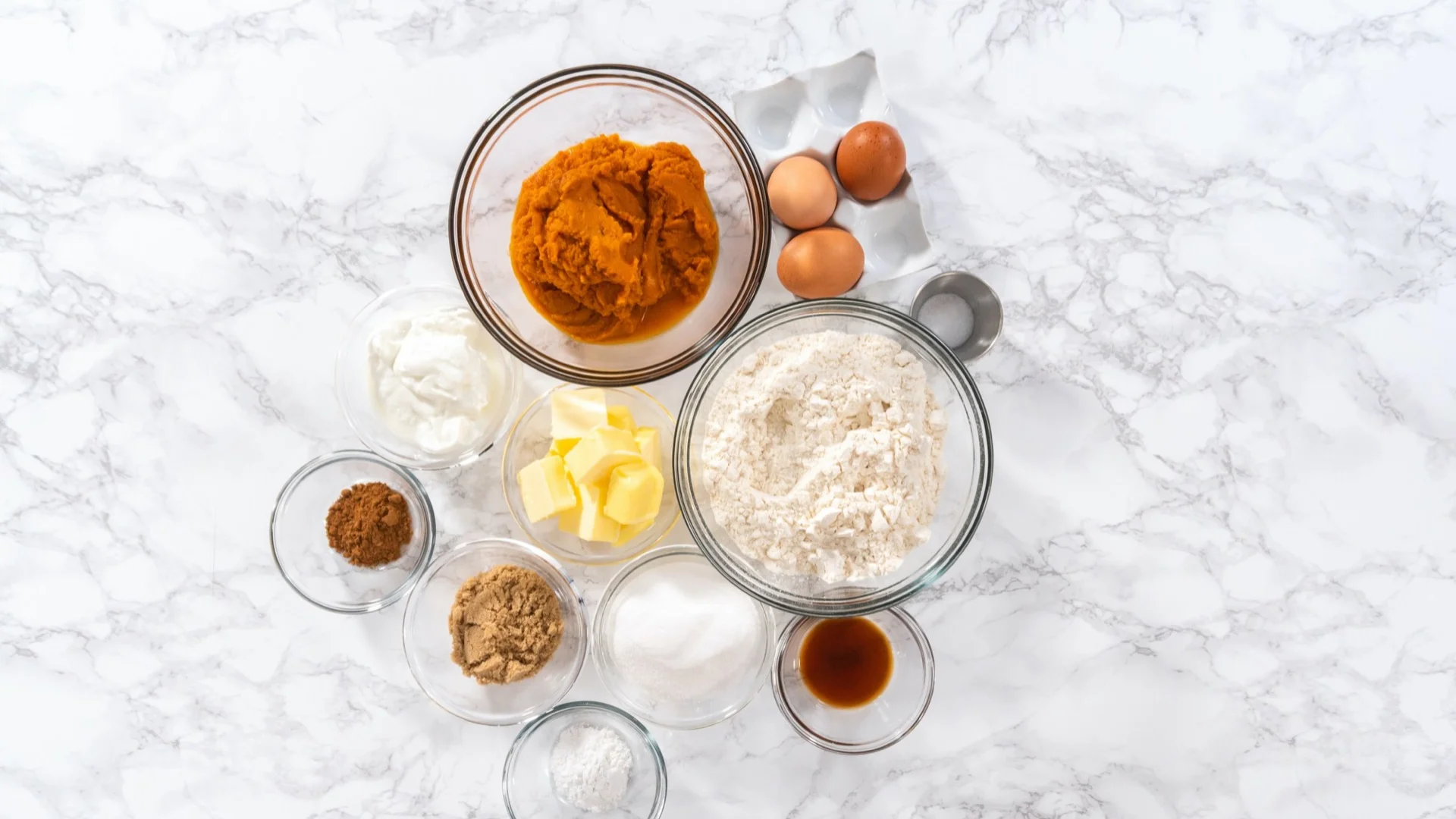
Difference in Converting Tbsp to Liquid Ounce vs Dry Ounce
What about converting tablespoons to ounces? Is it different for liquid and dry measures? The answer is yes.
A tablespoon of a liquid ingredient is half a fluid ounce. But, a tablespoon of a dry ingredient is not half a dry ounce.
Here's a handy table:
| Measure | Liquid Ingredient (Water) | Dry Ingredient (Flour) |
|---|---|---|
| 1 Tbsp | 0.5 fluid oz | 0.28 dry oz |
| 2 Tbsp | 1 fluid oz | 0.56 dry oz |
| 3 Tbsp | 1.5 fluids oz | 0.84 dry oz |
| 4 Tbsp | 2 fluid oz | 1.12 drys oz |
| 5 Tbsp | 2.5 fluids oz | 1.4 drys oz |
Detailed Breakdown: Dry and Liquid Ounces
Talking about ounces can be confusing. They are used to measure both dry and liquid ingredients. But these two are not the same thing. Let's break it down further.
How do you Measure Dry Ounces?
Let's look at a few common ingredients and their weight in dry ounces:
| Ingredient | Weight in Dry Ounces |
|---|---|
| All-purpose flour (1 cup) | 4.5 oz |
| Sugar (1 cup) | 7 oz |
| Salt (1 tbsp) | 0.6 oz |
What is the Difference Between Liquid and Dry Ounces?
Liquid ounces measure volume, not weight. This is where confusion often comes in. A fluid ounce of water does weigh close to one dry ounce. But this isn't true for all liquids or for dry ingredients.
Can I Use the Same Measuring Cup for Dry and Liquid Ingredients?
In short, no. Dry measuring cups are for dry ingredients. Liquid measuring cups are for liquids. They don't measure the same way.
Using a dry measuring cup for a liquid can lead to spills. Using a liquid measuring cup for a dry ingredient can be imprecise.
Here's a list of the right tools to use:
For dry ingredients:
- Dry measuring cups
- Measuring spoons
For liquid ingredients:
- Liquid measuring cup
- Tablespoons (for small amounts)
Handy Tips and Tools for Measuring
The accuracy in your measurements can make or break your recipe. Here are some tips and tools to aid you in your cooking journey.
Handy Tips For Measuring From Tablespoon To Ounce
- Use the right tools. This can't be stressed enough.
- Be mindful of the ingredients. Dry or liquid?
- Always level off a dry measure.
- Use a scale if you have one.
- Remember, 2 tablespoons equal 1 dry ounce.
My Favorite Measuring Tools
A great kitchen is incomplete without the right tools. Here are my favorites:
- Digital scale: for accurate dry measurements.
- Dry measuring cups: great for dry ingredients.
- Liquid measuring cup: perfect for liquids.
- Tablespoon measure: handy for both dry and liquid.
- Teaspoon measure: great for small quantities.
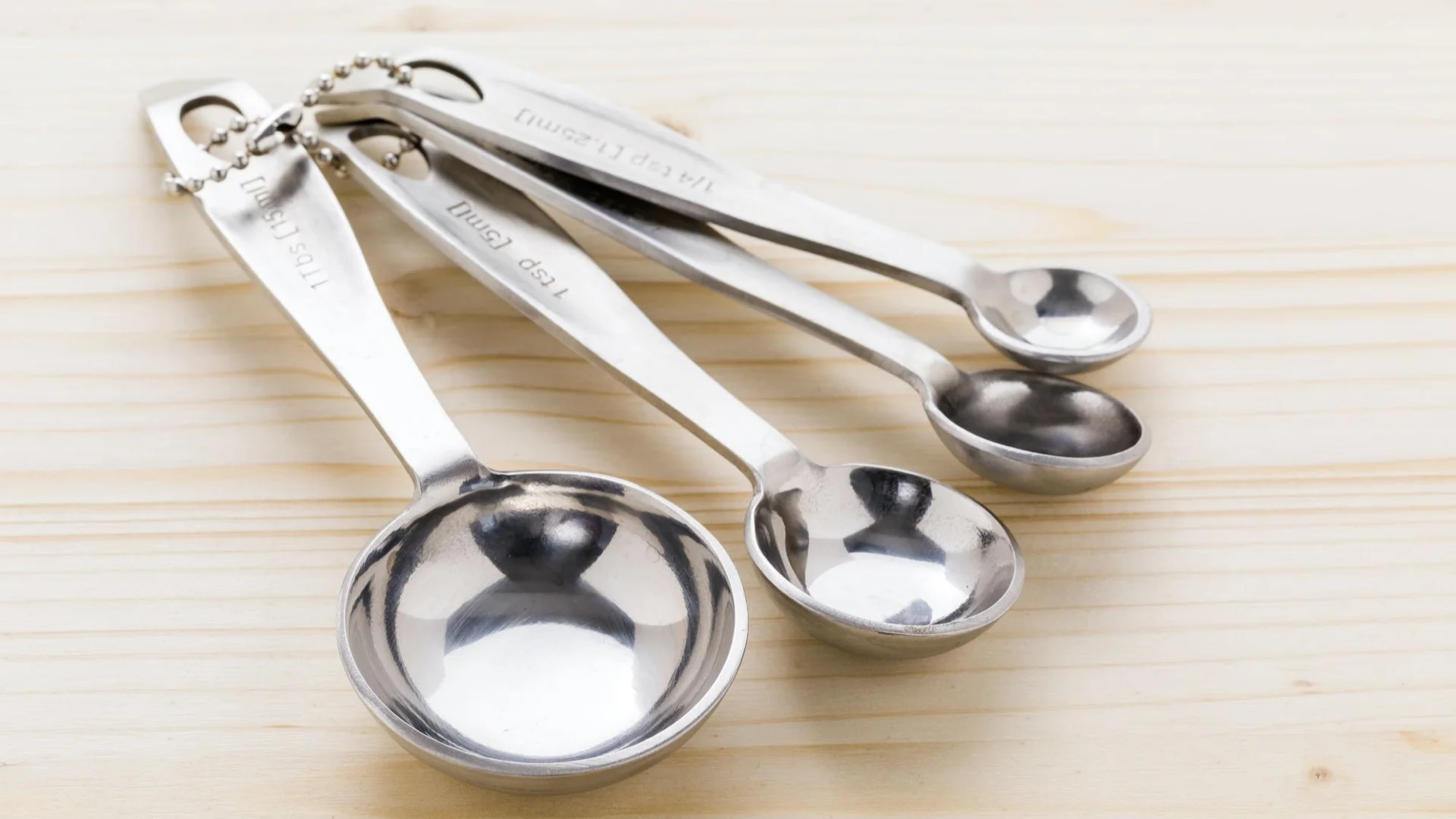
How to Use Tablespoons in Ounces Measurements?
Tablespoons can be handy when dealing with ounces. A tablespoon can measure both dry and liquid ingredients.
Here's how:
- Two tablespoons equal one dry ounce.
- For liquid, an ounce is two tablespoons.
Remember, the key to good cooking is accurate measurements. Use these tips, and you'll master the art of measurement in no time.
Recipe Measurements: From Tablespoons to Ounces
When a recipe calls for 1 ounce, what do you do? Often, it's a bit of a puzzle. But it doesn't have to be. There's a simple trick to remember: 2 tablespoons equal 1 ounce. This can be your handy guide.
But, it's not always so clear-cut. The types of ingredient matter. A wet ingredient may weigh differently. Its volume can be different from a dry one. The result can vary.
This variance is key in cooking. It depends on the ingredient, the tool you use, and how you measure. When a recipe calls for ounces, be attentive. Knowing that 2 tablespoons equal 1 ounce helps, but it's not the only factor.
Remember, cooking is an art and a science. It varies depending on many factors. Don't be afraid to adjust. Practice, learn, and enjoy the process. That's the real recipe for success.
Practical Application: Recipes and Conversion
Recipes and conversions are a fundamental part of cooking. They require understanding the measurements. Conversion between tablespoons and ounces is a frequent practice in recipes.
Learning to do this can significantly expand your cooking skills. Moreover, it will help you adapt to different recipe formats from various sources.
Recipes to Practice Measuring Tablespoons into Ounces
Let's learn with practice! Here are some recipes. You can test your measurement skills with them:
- Chocolate chip cookies: This recipe requires precision. You'll need to convert ounces of chocolate to tablespoons.
- Pancakes: You'll be dealing with liquid and dry ounces here. See how well you do!
- Salad dressing: This is a simple recipe. However, the dressing requires accurate measurement.
More Measurement Conversions
Apart from tablespoons and ounces, you may need to deal with other units. For example, teaspoons, cups, or grams. Here are some useful conversions:
- 1 tablespoon = 3 teaspoons
- 1 cup = 16 tablespoons
- 1 ounce = 28.35 grams
Practicing these conversions will undoubtedly make you a more confident and competent cook.
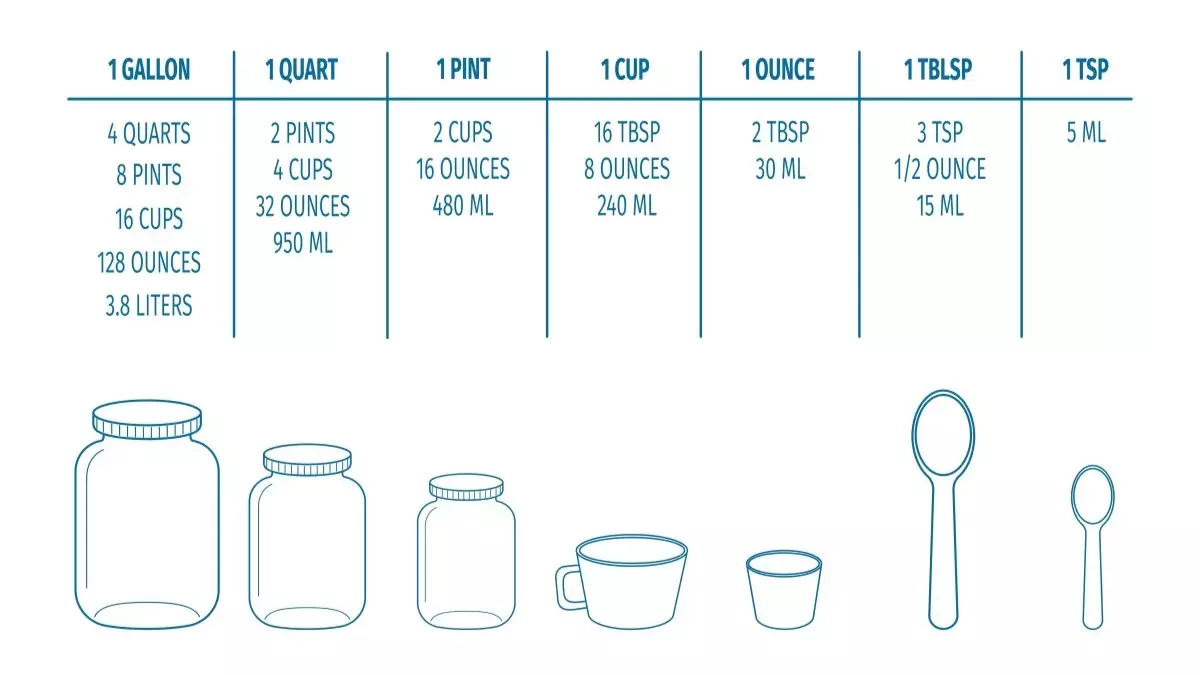
Global Perspective: Measurement Across Borders
Measurements aren't uniform across the world. It can get confusing. For instance, ounces are commonly used in the US. However, they are rarely used in other parts of the world.
The key is to know which measurement units are used where. This knowledge can be helpful, especially when using foreign recipes.
Which Countries Measure With Ounce?
Several countries use the “ounce” as a unit of measurement. Most notably, this includes the United States. It is also used in the United Kingdom. However, it's more common for UK recipes to use grams.
In contrast, many European countries primarily use the metric system. This includes grams and liters. Similarly, most Asian, African, and South American countries use the metric system.
This difference in measurements may seem small. However, it can significantly affect the outcome of a recipe. Always make sure to convert measurements properly when using recipes from different countries.
Converting: How Many Ounces in a Tablespoon?
When it comes to cooking, the need to convert units can arise. You may ask: How many ounces are in a tablespoon? Or simply, how many oz in a tbsp? Let's dive into it.
Understanding the Tablespoon
Getting to Know the Ounce
Conversion from Tablespoons to Ounces
Here is a simple chart for quick reference:
| Tablespoons (tbsp) | Ounces (oz) |
|---|---|
| 1 | 0.5 |
| 2 | 1 |
| 3 | 1.5 |
| 4 | 2 |
So, next time when your recipe calls for ounces instead of tablespoons, you know exactly what to do. You can convert the units with ease and accuracy. Happy cooking!
FAQs: Tablespoons in an Ounce
Many questions often arise about measurements. This section will answer some of the most common ones about tablespoons and ounces.
How Many Dry Ounces are 2 Tablespoons?
How Many Dry Ounces are in a Tablespoon?
Does 4 Tablespoons Equal 1 Ounce?
How Much is 1 oz in Teaspoons or Tablespoons?
How Much is 1 Ounce Dry?
How do I Measure Dry Ounces?
How do you measure an Ounce?
How Many Teaspoons Make 1 Ounce?
Does 1 Tbsp Equal 1 Fluid Ounce?
How Many Oz in a Tablespoon?
How Many Fluid Ounces fl oz are in 1 tbsp?
What is 1 Fluid Ounce Equal to in Teaspoons?
Conclusion: How Many Tablespoons are in an Ounce?

